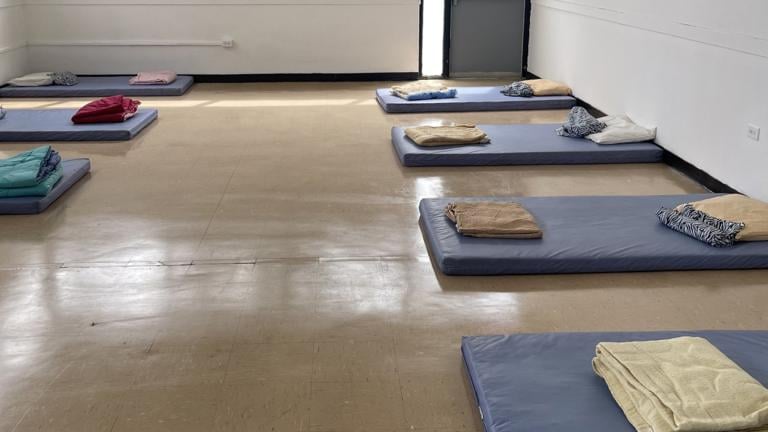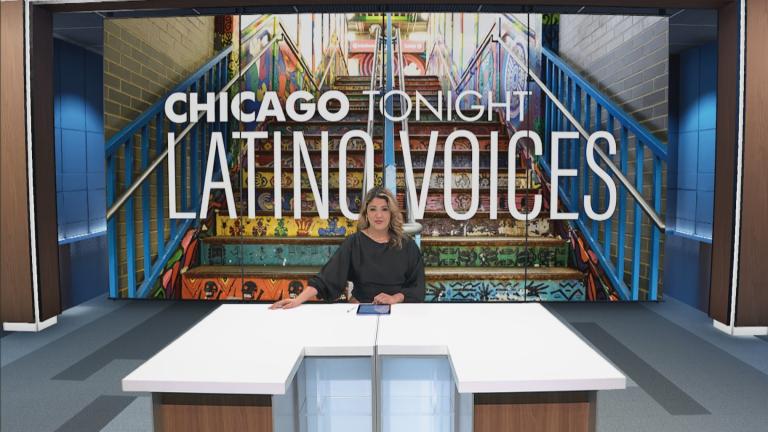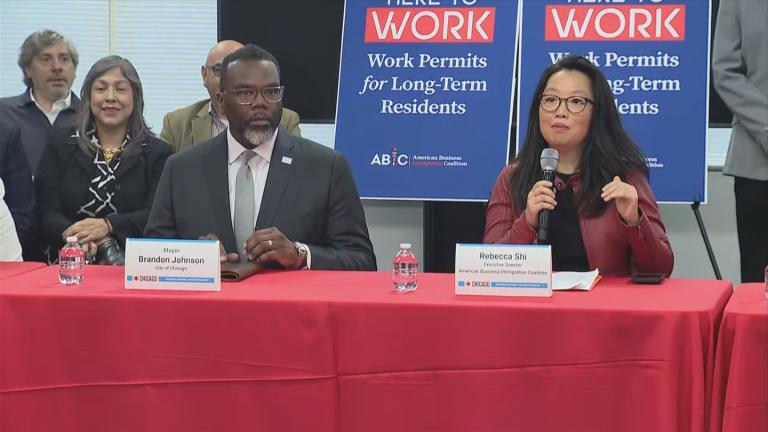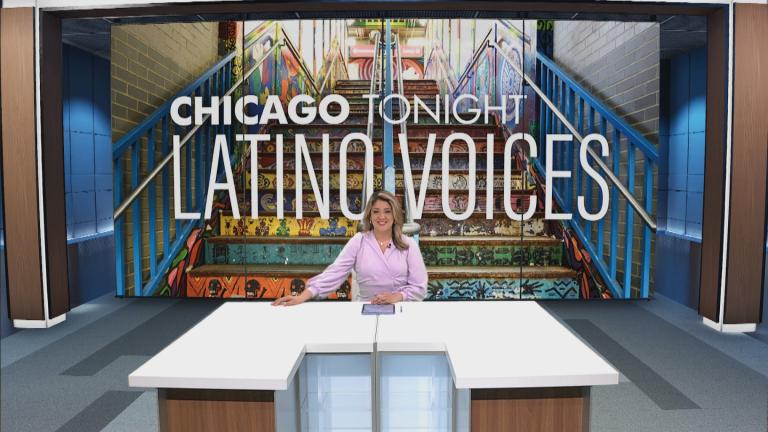Chicago’s racial makeup is often described as roughly one-third white, one-third Black and one-third Latino. While those approximations remain broadly true, the 2020 census results have revealed shifts in the proportions from 2010 to 2020.
The Latino population rose 5%, adding more than 40,000 residents; Chicago’s Asian American population rose 31% and now represents nearly 7% of the city’s population; and in the same period, the Black population dropped by 10% with a loss of nearly 85,000 residents.
Now, alderpeople are battling over how to fairly reflect the city’s evolving racial makeup in how the borders of its 50 wards are drawn. The new map will affect the balance of power over the next decade
Sylvia Puente, CEO and president of the Latino Policy Forum, says a ward map that reflects the population changes should be coupled with more representation in city agencies and an examination of city policy.
“With the demographic growth of Latino population in the city of Chicago, we do expect to see an increase in the number of wards with a Latino majority population in which Latinos will be able to elect the alderperson of their choice,” Puente said. “There are numerous issues, such as, do we have a proportionate number of individuals in the mayor’s office and in all the different city agencies leading city agencies that are Latino? As we look at the rollout of the American Rescue Plan dollars, where will we see equitable investment in the Latino community?”
Assistant professor of political science at Northwestern University Jaime Dominguez says it is central to fair governance of the city to have proportionate representation in its government.
“Without the representation it is very difficult to have agency. So I think it’s important for the Latino community to have that right and government, whether it’s the mayor’s office, whether it’s the city council, whether it’s other city agencies, boards and commissions to reflect that,” Dominguez said. “And that’s also important because an extension of agency is also the ability to advocate.”
South Side Weekly editor-in-chief Jackie Serrato says that she believes the Latino Caucus and Black Caucus in City Council have examples within the city’s activist communities to look to that can inspire collaboration and compromise.
“Mayor Lori Lightfoot campaigned on a promise that she would create an independent commission to draw new ward boundaries to coincide with the 2020 census, but unfortunately that hasn’t happened,” Serrato said. “So I believe that the Black and the Latino caucuses are going to have to work together to figure it out. And I mean, there has been some precedence of that happening with legislation around policing and increased investment in Black and brown communities. We’ve also seen a lot of collaboration within the Democratic Socialist Caucus, which is made up of both Latinx and Black alderpeople. So I do think there is room for both communities to work with each other.”
Serrato says that while this particular iteration of ward remapping might seem like it is pitting Chicago’s Black and Latino communities against each other, the groups share many of the same concerns.
“We have definitely seen a trend of outmigration in the Black community throughout Chicago and it’s due to many factors, including the lack of well-paying jobs and other opportunities, rising taxes and gun violence,” Serrato said. “But there has also been an out migration of Latinx people from traditionally Latinx communities. And that is due to gentrification and some of these other factors that are also driving out Black residents. So I think there’s a lot of overlap in terms of the issues that matter to both communities and it is my hope that both of them work together.”
Puente also points out that race is not quite as determinative of election outcomes in Chicago as it used to be.
“The electorate in Chicago in general has gotten much more sophisticated. We now have Blacks representing districts that are not majority Black and Latinos representing districts that are not majority Latino,” said Puente. “So it is this both-and, and how any person can represent a district if it is in alignment with the needs of the residents of that district. Yes, it still can be largely driven along racial and ethnic lines, but it’s important to note that is no longer exclusively driven along lines of race and ethnicity.”
A new ward map will lock boundaries in place for the next decade. But Dominguez says that if current trends continue, the city would do well to remember that it could be looking at a whole new ballgame the next time the census comes around.
“Latinos are about 40,000 residents away from becoming the actual majority in the city,” Dominguez said. “So although we always talk about this this representation issue as Black and Latino, we also need to bring whites into this conversation as well because we need to reframe that conversation, because it’s not about just Blacks and Latinos, but it’s also whites have to play a critical role in this and also in terms of their power, right? There has to be concessions on that front. So it’s important that we keep that perspective.”








